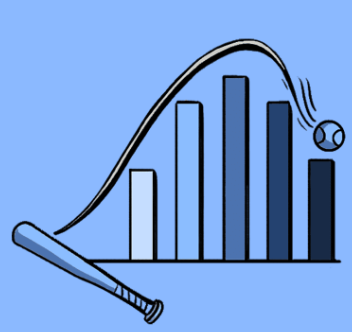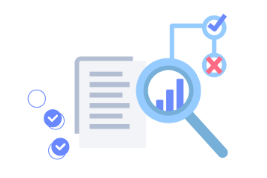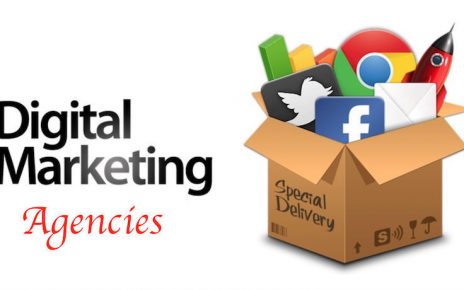Data is an incredibly powerful tool that all businesses should be utilising. When used in the correct ways, data has the ability to inform key business decisions, enhance the power of key strategies, and boost performance.
As this article statista notes, the Internet of Things (IoT) is fuelling an increase in the volume of data globally. So, for businesses to ensure that data is being used in optimal ways, it is important to note that there are four main types of data analytics that can be used alone or in combination to drive future success.
Let’s look at each of these in turn.
1. Descriptive Analytics
As arguably the simplest of all the analytics types, descriptive analytics enables businesses to extract trends and identify events. Data visualisation tools are particularly useful here, as graphs, maps and charts can communicate spikes and/or dips in ways that are easy to understand.

2. Diagnostic Analytics
After identifying an event it is important to determine the reasons why it occurred, which is what diagnostic analytics can help you to do. This type of analytics enables you to compare trends and discover whether there are any correlations or causal relationships between different variables.
3. Predictive Analytics
It can also be beneficial to predict future events and trends, which is where predictive analytics comes into play. This type of analytics allows you to analyse historical data in line with industry-wide trends, which will enable you to make informed forecasts about the future.
4. Prescriptive Analytics
Prescriptive analytics can help you to decide which routes will help you to drive the most success moving forward. This type of analytics takes every possible factor into account and offers actionable solutions that can help you achieve your future business goals.

A data analysis company, such as https://shepper.com/, will use a combination of analytics types to take the guesswork out of the equation when it comes to making important decisions to further the success of your business.
Increasingly, machine-learning algorithms and AI are being used within prescriptive analytics to look at large amounts of data and recommend the best possible next steps.



